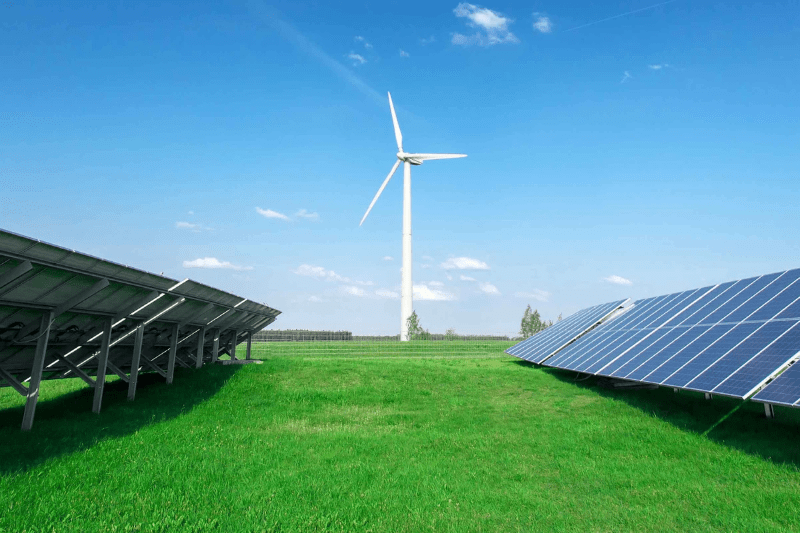
In a world facing the challenges of climate change and dwindling fossil fuel resources, transitioning to renewable energy sources has become a global priority. One of the key components in harnessing the power of renewable energy is land acquisition. Whether you are an individual looking to invest in renewable energy projects or a community aiming to go green, understanding the intricacies of renewable energy land acquisition is crucial. In this article, we will guide you through the process and provide valuable insights on how to unlock the potential of renewable energy through strategic land acquisition.
Before delving into the specifics, let's first understand the significance of land acquisition in the renewable energy sector. Renewable energy projects, such as solar farms, wind farms, and hydroelectric power plants, require large areas of land to operate efficiently. The availability of suitable land is a prerequisite for the development and success of these projects. As such, the process of acquiring land suitable for renewable energy projects is of paramount importance.
The first step in land acquisition for renewable energy projects is conducting a thorough feasibility study. This study includes assessing the availability of land in the desired location, considering factors such as proximity to transmission lines, access to natural resources, and environmental considerations. It is essential to find land that is adequately exposed to sunlight, wind, or water resources, depending on the type of renewable energy project you intend to pursue.
Once a suitable location is identified, the next step is engaging with local communities and stakeholders. Collaboration and transparency are key to building a positive relationship with the community affected by the project. Engaging with local communities will help you address concerns, ensure fair compensation, and establish a mutually beneficial partnership. Conducting environmental impact assessments and involving local experts will further demonstrate your commitment to sustainable development.
After addressing the community's concerns and securing their support, the next phase involves negotiating and finalizing land leases or purchase agreements. It is crucial to consult legal experts with experience in renewable energy land acquisition to ensure compliance with local regulations and mitigate any legal risks. These agreements should outline the terms and conditions of land use, payment terms, and any other pertinent details. Remember, transparency and fairness are essential when dealing with landowners.
As you finalize land acquisition, it is prudent to consider the long-term sustainability of the project. Assessing the potential for expansion, maintenance requirements, and decommissioning plans is crucial for ensuring the longevity of the renewable energy facility. Including these factors in the land acquisition process will help you avoid future challenges and ensure the smooth operation of the project.
While land acquisition is undoubtedly a complex process, various financial incentives and funding options are available to support your renewable energy project. Government grants, tax credits, and low-interest loans are just a few examples of the financial assistance that may be available. Researching and exploring these options will not only help you financially but also demonstrate your commitment to sustainable development to potential investors and partners.
Once the land is acquired, the project development phase begins. This phase involves obtaining permits, conducting detailed engineering studies, procuring equipment, and overseeing construction. Throughout this phase, it is crucial to stay updated on the latest technological advancements and industry best practices to ensure the efficiency and effectiveness of your renewable energy project.
In conclusion, land acquisition plays a pivotal role in unlocking the power of renewable energy. Through careful planning, community engagement, strategic negotiations, and long-term sustainability considerations, you can successfully acquire land for your renewable energy project. Remember, each step of the process is interconnected, and attention to detail is essential. By embracing renewable energy and making informed decisions in land acquisition, together we can contribute to a sustainable and greener future.